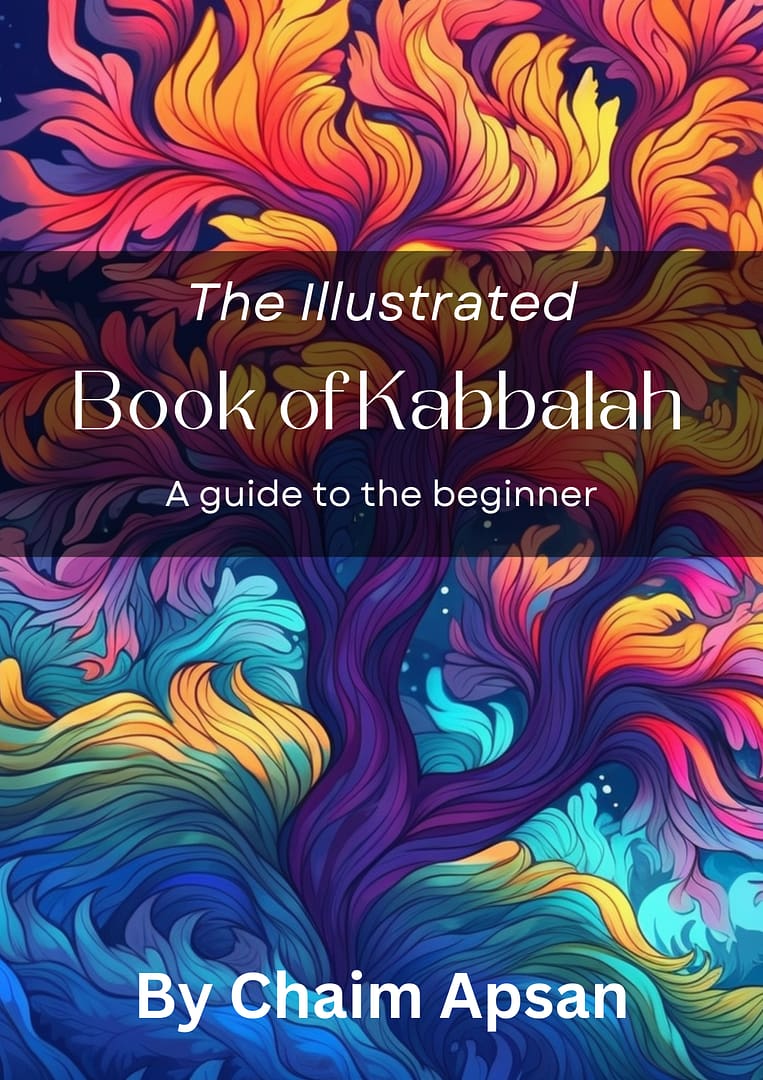Everyone knows the tale of the renowned Choni HaMeagel, a wise sage from the Tannaitic era of the Talmud, who is well-known for his miraculous abilities and effective prayers. One particularly fascinating incident involves a drought that compelled the sages to ask Choni to pray for rain. Choni drew a circle on the ground, and after praying three times, he resolved to remain inside the circle until his prayer was answered and the rain fell.
However, there is another intriguing story involving Choni that is shrouded in mystery. While traveling, Choni observed an elderly man planting a carob tree and inquired about when it would bear fruit. The old man replied that it would take seventy years, prompting Choni to question whether the man expected to live long enough to see it. The man responded that just as he had inherited carob trees from his forefathers, he too would leave a legacy for his grandchildren.
Interestingly, when Choni grew weary and slept on the road, Hashem performed a miracle and covered him with a rock formation for seventy years. When he awoke, he found that the world had changed significantly.
We know that the Talmud doesn’t just relate “stam” stories and this story contains profound teachings that are worth pondering. What can we learn from the old man’s selfless act of planting a tree for future generations, and Choni’s unexpected 70-year slumber?

The 70 Faces of Torah That Were Lost To Choni HaMeagel
One of the most intriguing interpretations of Choni’s story I found comes from Rebbe Nachman of Breslov. In Likkutey Moharan 1:60, Rebbe Nachman explains that it is not uncommon for people to experience a spiritual slumber in their divine service due to the weight of life’s challenges, causing them to feel lethargic, despondent, or simply uninterested. This can happen to anyone, even great Tzadikim.
There’s a well-known Kabbalistic principle that when two concepts allude to the same number or two words have the same Gematria, they are interrelated. When they have the same Gematria, they are either directly related or opposites.
Rebbe Nachman expounds that each person is constantly illuminated by one or more of the “70 faces of the Torah,” which provide them with wisdom, vitality, and strength. While each individual has a closer connection with certain faces, it is possible to lose touch with some of them. Unfortunately, some individuals may lose contact with all 70 faces, leading to a soul-crushing spiritual slumber.
Stories as a remedy for slumber
Stories contain power to awaken the soul.
Rebbe Nachman boldly claimed, “Most stories make people sleep, mine make people awaken!” and it was through Choni’s encounter that Hashem revealed the power of stories as a tool for spiritual awakening. It is intriguing to note that the Hebrew word for “Strength,” גבורה, shares the same numerical value (216) as Carob (חרוב), the very tree that the old man was planting.
Equally fascinating, the Torah uses the word “וייקץ” (“and he woke up”) to describe when Yaakov Avinu awoke from sleeping on the Temple Mount, a word with the same numerical value as Carob and Gevurah. In Kabbalistic teachings, the term “old man” in the Talmud and Scripture is associated with Keter, the highest emanation of Hashem, also known as “Atik” or “Atik Yomin” (Ancient of Days).

Keter, the highest sephirah of the Tree of Life
Keter, the highest emanation of Hashem, is an all-encompassing and immensely powerful light of compassion that even surpasses the wisdom of Chokhmah. It is this very light that Rebbe Nachaman teaches can awaken people who have fallen into a deep slumber, even if they have lost touch with the 70 faces of Torah!
Moreover, Rebbe Nachman explains that a person who occasionally falls into a slumber cannot receive the light of Torah in the usual way. This is where the power of ancient stories comes into play. These stories, which shine deep within a person’s soul, can penetrate the heart and rekindle the connection to Hashem.
This is precisely what happened to Choni HaMeagel when he was put into a deep slumber and lost touch with the world. He posed a question to an old man, asking if he could use ancient stories to awaken people from their slumber. In response, Hashem sent a clear message and a powerful lesson for life. Rebbe Nachman’s 13 ancient stories, though seemingly simple at first glance, contain profound Kabbalistic secrets that can keep people awake in life.
Essentially, according to Rebbe Nachman, Choni was troubled by the old man’s statement that someone could lose the 70 faces of Torah, symbolized by the 70 years it would take for the carob tree to bear fruit. Hashem made him fall into a deep slumber for 70 years, thereby illustrating the importance of maintaining a connection with all the 70 faces of the Torah.
This tale encourages us to reflect on our spiritual state and strive to cultivate a deeper connection with the wisdom of the Torah, allowing it to illuminate our lives and guide us through challenging times. And also, take real stories more seriously and as effective tools to wake people to Teshuva.
Summary
Some other lessons we can glean from Choni HaMeagel include:
- The power of prayer: The story of Choni HaMe’agel demonstrates the power of prayer and the importance of persistence in prayer. Choni’s prayer for rain was not answered immediately, but he did not give up. He drew a circle and stood inside it, refusing to move until his prayer was answered. This teaches us that we must have faith in the power of prayer and be persistent in our requests to God.
- The role of human agency: Although Choni’s prayer ultimately brought the rain, the Talmud tells us that he was criticized for his approach. Shimon Ben Shatach, another Tanna said he’d have put Choni in Cherem but what could he do if he’s like a son whom the Father (Hashem) does his every wish?
- The danger of complacency: Choni’s encounter with the man who was planting a carob tree teaches us about the danger of complacency. The man was planting a tree that would not bear fruit for many years, indicating a lack of concern for the present. Choni admonished him, saying that he might not live to see the tree bear fruit, and therefore he should focus on planting trees that would bear fruit in his lifetime. This teaches us that we must not become complacent and must focus on taking action in the present, rather than always planning for the future.
- The cyclical nature of history: The story of Choni HaMe’agel ends with his being put into a deep sleep for 70 years. When he wakes up, he finds that the world has changed and that no one remembers him. This teaches us about the cyclical nature of history and the impermanence of our lives. It also reminds us to appreciate the present moment and to make the most of our time on earth.
We may not fully comprehend the power of stories, but they are like seeds that we can use to plant emunah, vitality, and strength in the hearts of those who have fallen asleep in life.
And as we help others, we also help ourselves in the process.













